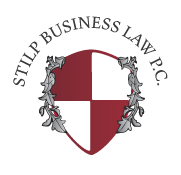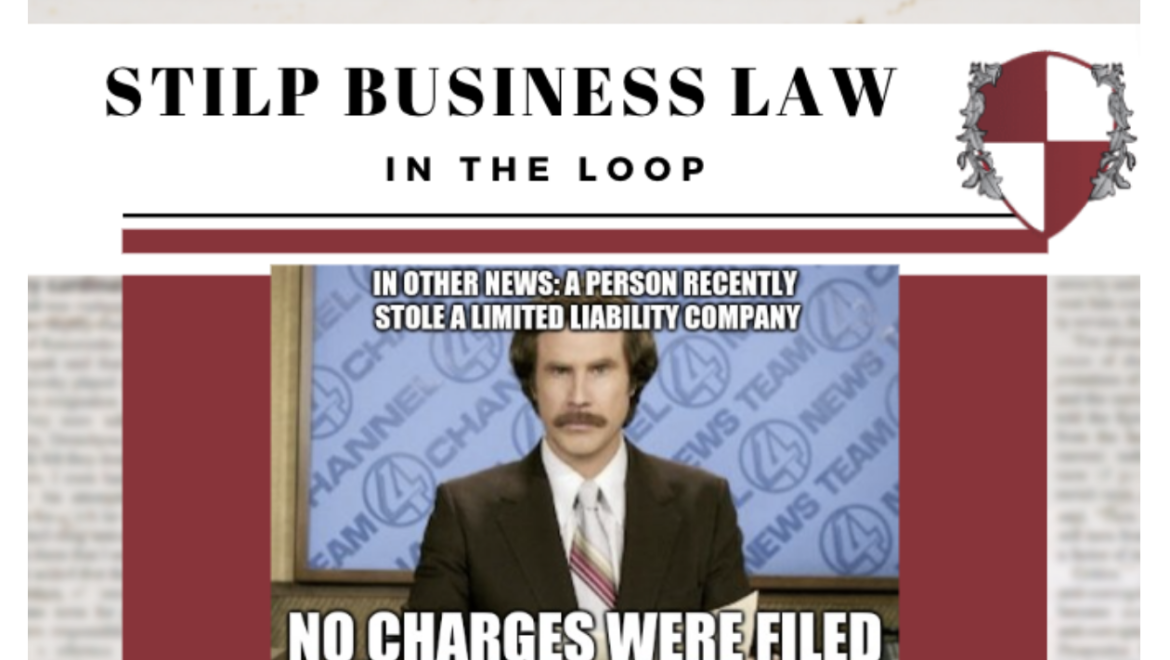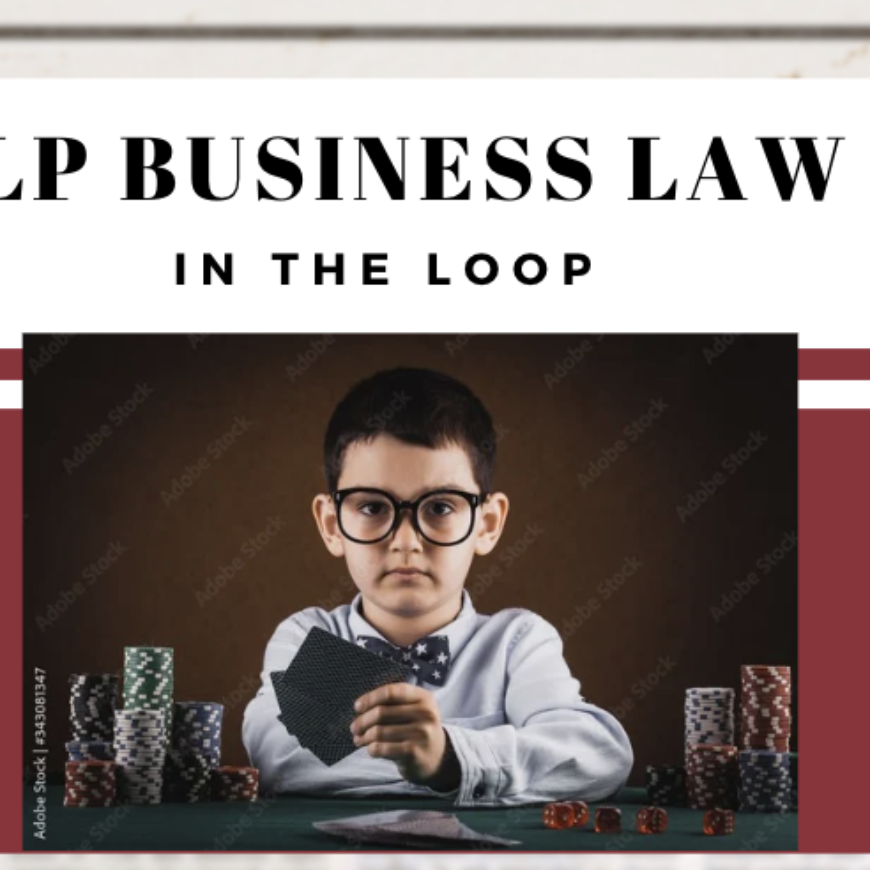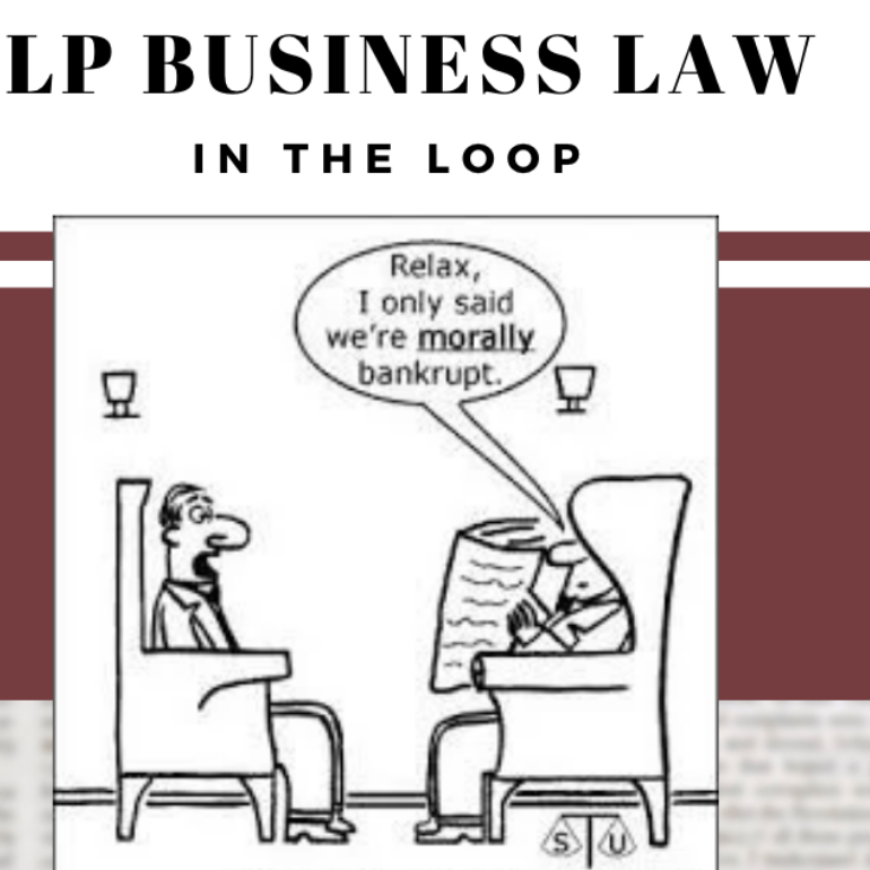Tom Stilp JD, MBA/MM, LLM, MSC
The Illinois Appellate Court in Buckley vs. Abuzir, 2014 IL App (1st) 130469, ruled a person can be held liable for a corporation’s debts. That is not news. What is news is that Buckley was a case of first impression that greatly expands individual liability.
The Defendant, Abuzir, the person the plaintiff claimed was liable, was not an employee, officer, director or even shareholder of the company. Instead, the Court allowed a tie-in through Abuzir’s sister and brother-in-law who ran the company.
Historically, corporations were very different from corporations of today. In colonial America, only the King could grant a corporate charter under English law (Klein et al., 2010). Corporations, therefore, were a special, limited concession by the King to control power and increase wealth.
Today, corporations are still seen as separate entities, but are far more common. Because corporations are legally distinct from the people behind them, veil-piercing (the idea that corporate structure creates a “veil” of invulnerability) is a tool used by injured parties to pursue personal assets of people involved with corporations where to otherwise maintain the limited liability of the corporation would promote an unjust or unfair result.
Buckley is a good example of an instance where the structure of the company, and the manner in which a transaction was handled, created unintended liability for those who are simply associated with people in the company.
Having an attorney is a good idea to guard against the “unknown unknowns,” and to avoid unintended liability.
Klien, W., Coffee, J. and Partnoy, F. (2010). Business organization and finance – Legal and economic principles (11th ed.) Foundation Press.



